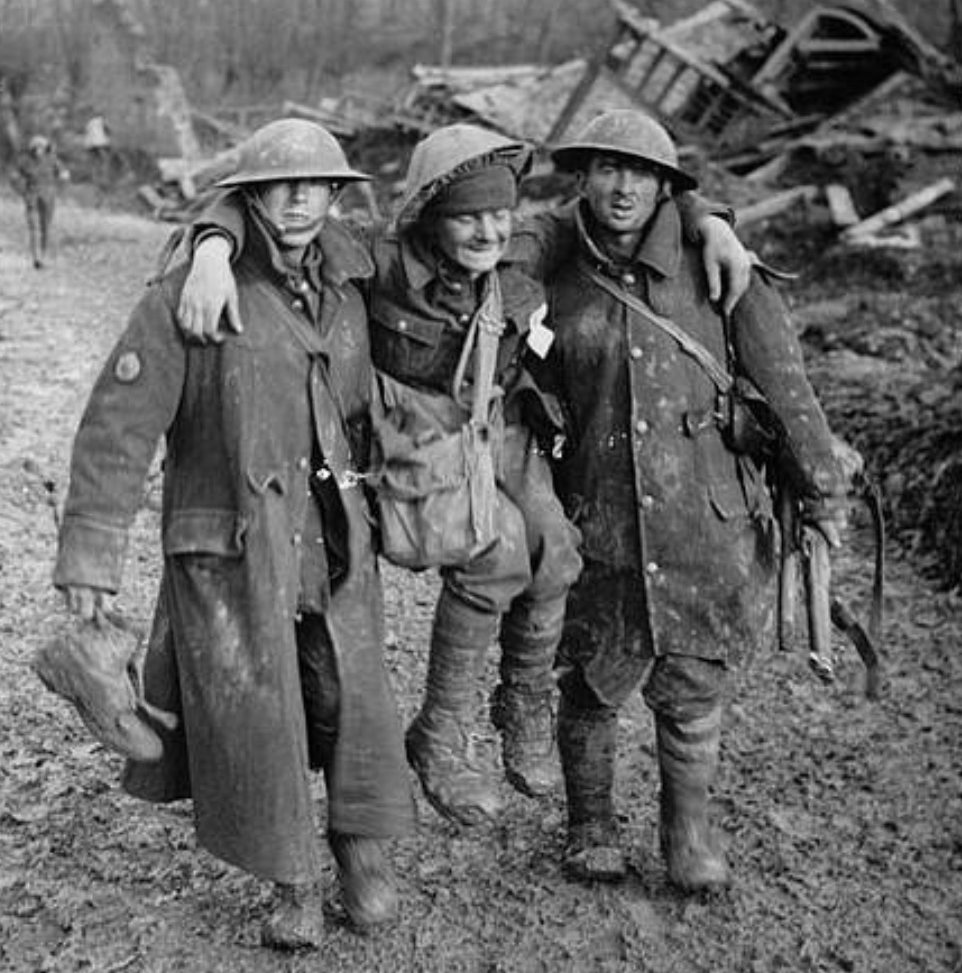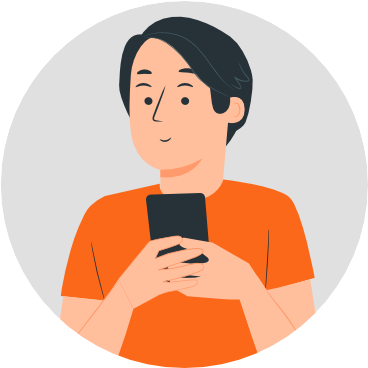A brief history of pain self-management – part one
3rd July 2024 | Dr Patrick Hill
Pain has been around a long time. So has pain management, in one form or another. 8,000 years ago a Neolithic man was buried with an opium capsule embedded in a rotten tooth. It was no accident, either: analysis of the man’s bones showed evidence of long-term opium use. So much for modern ideas about tooth decay being a function of the amount of sugar in modern diets! But how long has pain self-management been a thing? Longer than you might think.
Self-management is not a new idea, but one that has evolved over about 400 years. As we have gained a better understanding of pain and particularly the complexity of long term or persistent pain, self-management has become the approach seen as most likely to offer a positive way forward.
René Descartes was probably the first to suggest that the brain was important for pain. The famous woodcut, showing the boy with his foot near a fire, suggested that a signal was being transmitted directly along a pathway, where it rang an alarm bell in the brain, activating pain to tell him to remove his foot from the danger. This idea of a ‘hard-wired’ pain system held up for about the next 300 years.
There were many other important discoveries, for example Charles Scott Sherrington (1857–1952) discovered specialised nerves, that he called nociceptors, just under the surface of the skin, which were activated by things that had the potential to cause harm or damage. They send messages along the nerve pathways, to the spinal cord, which relayed them up to the brain, where pain eventually emerged.
However clinical observations constantly challenged this idea of simple pain circuitry. Doctors dealing with battle injuries recorded phantom limb pain, as it was named by an American Civil War surgeon, Silas Weir Mitchell. Notable sufferers include Lord Admiral Nelson, who lost his arm in a 1797 naval battle. Lord Nelson reported feeling his missing fingers pressing into his missing palm. These experiences were thought to be anomalies, but we now know that almost everyone who loses a limb experiences this, in some shape or form.
Other problems emerged, as there appeared to be no pain centre in the brain to co-ordinate these messages and the idea of thresholds of neural activity being needed before pain appeared didn’t hold up, as in some cases it was known that pain could be produced just from light touch.
We now know that a highly complex, biopsychosocial system is involved in the production of pain and in the last 15 years, researchers such as Irene Tracey, using specialist functional MRI scanners, have shown how large numbers of seemingly unconnected areas of the central nervous system (brain and spinal cord) get involved in the process.
Some notable researchers have helped us understand this complexity, including Charles Beecher, who published his work in 1956, comparing the requests for pain relief between soldiers in the second world war and civilians with similar injuries. Beecher’s work suggested that the ‘meaning’ of the pain was key. For soldiers, being injured meant leaving the battlefield and the end of their stress, for civilians, being injured was the beginning of theirs. This clearly suggested that psychological and emotional factors had a part to play. Anxiety or stress seemed to make pain worse, whereas relaxation seemed to have the opposite effect.
Other research suggested that using placebos and distraction, seemed to turn the volume of the pain down, whereas paying a wound lots of attention seemed to amplify it.
In 1965, Ronald Melzack and Patrick Wall (a physician and a psychologist working together) suggested that rather than the spinal cord acting as a sort of neural junction box, just passing nociceptive signals to the brain, that there was a gating mechanism in the spinal cord that could change the flow of signals. A simple example is that, if you knock, say, your elbow, the first thing you will do is rub it – this activates touch sensitive nerve fibres and their idea was that this closes a ‘gate’, blocking the nociceptor (damage) messages. The breakthrough here was a coherent theory that suggested it wasn’t a fixed system, messages could be changed or modulated (turned up or down) by other things.
Don’t miss part two of Patrick’s Brief history of pain self-management – subscribe to our newsletter

Charles Beecher compared the requests for pain relief between soldiers in the second world war and civilians with similar injuries. His work suggested that the ‘meaning’ of the pain was key.
 What is self management?
What is self management? Using our resources
Using our resources About us
About us Always trusted, always free
Always trusted, always free Explore our resources
Explore our resources Ten Footsteps programme
Ten Footsteps programme Professional tools
Professional tools Training for practitioners
Training for practitioners Our newsletter
Our newsletter Inspire – our blog
Inspire – our blog